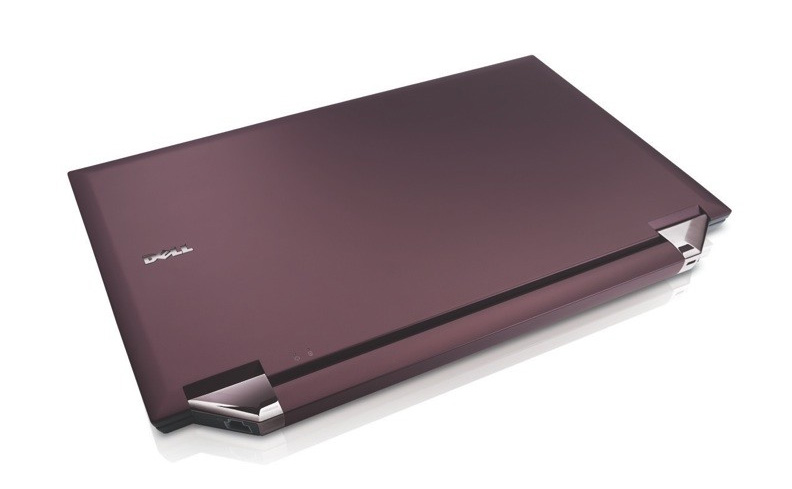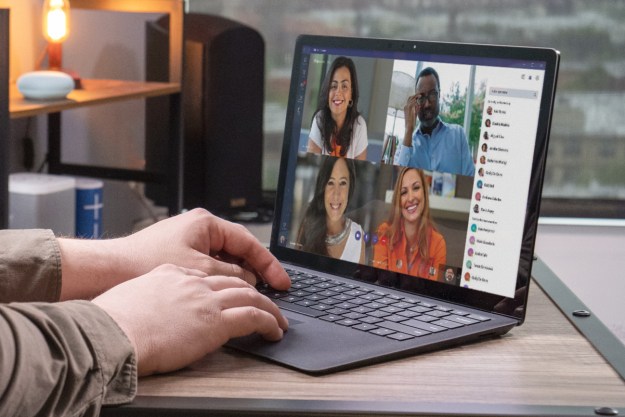
Yahoo has officially responded to Microsoft‘s weekend letter to its board, giving the company a three-week deadline to either agree to Microsoft’s $31 per share offer to take over the company, or face a hostile takeover at a lower price. In a formal response to Microsoft, Yahoo says it isn’t opposed to a deal with Microsoft, but Microsoft needs to offer more money…although Yahoo doesn’t say how much. .
“Since disclosing our Board’s position with respect to your proposal, we have presented our three-year financial and strategic plan to our stockholders, which supports our Board’s determination that your unsolicited proposal substantially undervalues Yahoo,” the company said in a statement. “We continue to believe that your proposal is not in the best interests of Yahoo and our stockholders.”
Yahoo says it has also been meeting with its own shareholders and that investors holding a “significant portion” of outstanding shares in the company. According to Yahoo, those investors also feel that Microsoft’s offer undervalues the company; the implication is that those investors would be unlikely to sell their shares to Microsoft in the event the Redmond company takes its takeover proposal directly to shareholders. Yahoo also upbraided the language in Microsoft’s weekend letter, which noted changes in market capitalization and Internet traffic have lowered Yahoo’s overall value to Microsoft since Microsoft made it’s proposal. Yahoo noted those same factors make the value of Microsoft’s takeover offer “significantly lower.”
Yahoo also says Microsoft’s letter “mischaracterizes” talks between the two companies, and that Microsoft’s claims that “no meaningful negotiations” have taken place are untrue. Yahoo says it has discussed regulatory, integration, and antitrust issues with Microsoft, despite having formally rejected Microsoft’s unsolicited takeover offer. Yahoo also personally chided Microsoft CEO Steve Ballmer, noting he attended two meetings between the companies, and could have “advanced discussions” any way he liked.
Although Yahoo says it is open to the possibility of a Microsoft buy-out, the two companies appear headed for a showdown: Yahoo says it needs to see a better offer, and Microsoft has indicated it is more inclined to reduce the value of its offer, not increase it. Both companies are due to report their quarterly financial results a few days before Microsoft’s April 26 deadline.
Editors' Recommendations
- How to alphabetize lists in Microsoft Word
- How to delete or hide chats in Microsoft Teams
- Save $150 on a lifetime license for Microsoft Office for PC
- How to double space in Microsoft Word
- How to do a hanging indent in Microsoft Word


